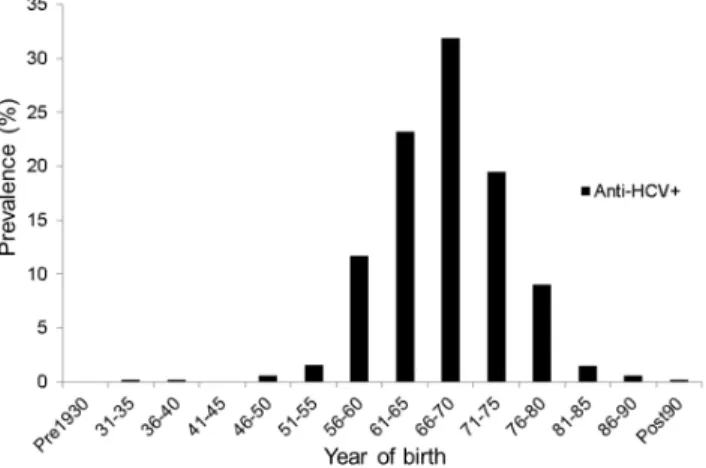TítuloSeroprevalence of HCV and HIV infections by year of birth in Spain: impact of US CDC and USPSTF recommendations for HCV and HIV testing
Texto completo
Figure


Documento similar
Using data from the Well-being Module of the 2010, 2012, and 2013 American Time Use Survey (ATUS), we found that more time spent in commuting is related to higher levels of
This analysis showed that levels of both exhaustion and activation of effector CD4 T-cells were significantly increased in pre-DAAs HIV/HCV patients compared to HIV patients,
After surveying the scientific literature, we found out that tech- niques and models developed in argument mining have barely been exploited in the context of recommender
To identify viral factors associated with the HCV treatment response, we analyzed the pretreatment NS3/4A protease gene quasispecies composition of 56 HCV genotype
This study evaluated the usefulness of baseline FibroScan values for predicting SVR and the occurrence of anemia and other severe adverse events in HCV genotype 1 patients with
We have studied the characteristics of HCV-nAbs through a retrospective study involving 29 HIV/HCV-coinfected patients who achieved sustained virological response (SVR) with peg-
Here we report that infection of human cells with HIV-1 conveys the proteolytic cleavage of GCN2 and that purified HIV-1 and HIV-2 proteases produce direct proteolysis of GCN2 in
Antiviral activity of Polyanionic Carbosilane Dendrimers as hepatitis C virus entry inhibitors. (Manuscript